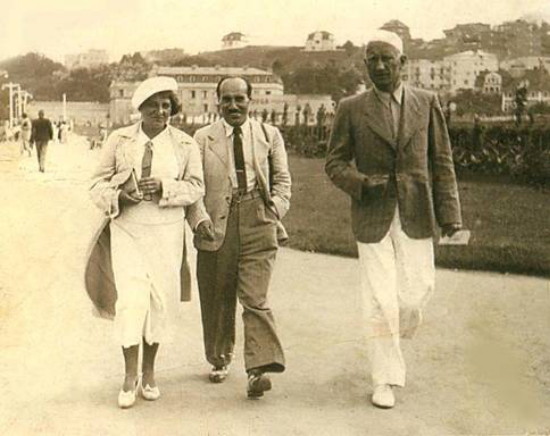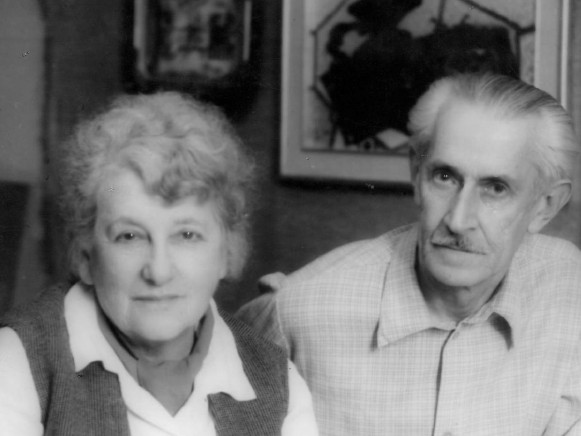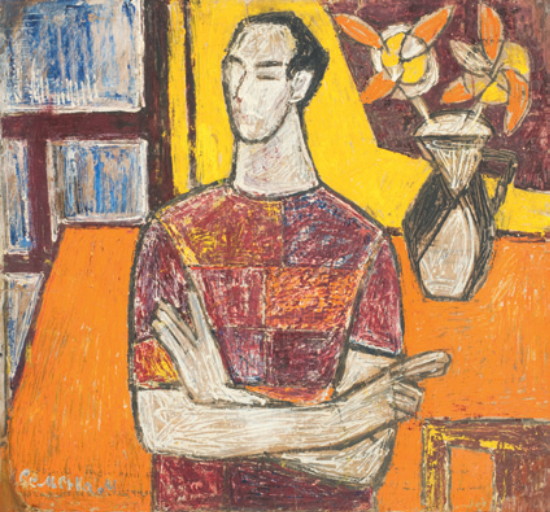Selska, Margit
Selska, Margit [Сельська, Марґіт; Sel's'ka, Margit; also Марія; Mariia (Marija); née Reich], b 23 June 1903 in Kolomyia, Galicia, d 3 February 1980 in Lviv. Painter; wife of Roman Selsky. She studied at the Cracow Academy of Arts (1924–5), the Vienna Academy of Arts (1926–7), and the Académie moderne in Paris (1928–30) under Fernand Léger. In the 1930s she was one of the key members of Artes (1929–36), an association of experimental artists in Lviv, as well as a member of the Association of Independent Ukrainian Artists. Selska’s works executed before the Second World War showed influences of constructivism (of Fernand Léger), cubism (especially, of Alexander Archipenko), and, to some extent, surrealism. However, most of her prewar paintings were lost during the Holocaust when her entire family was imprisoned in a Nazi concentration camp. Her relatives perished, but Selska was saved thanks to an escape organized by the Ukrainian underground. Under the Soviet rule after the war, Selska and her husband were initially forced to paint in the style resembling socialist realism. She painted realist landscapes and paintings depicting workers and peasants at work. However, in the late 1950s she abandoned that style and painted landscapes (such as Akkerman [1959] or Crimea [1961]), portraits (such as Violinist (1960s) or A Child by the Table (1960s), and still lifes that are grounded in the modernist esthetics, in particular that of constructivism and cubism.
[This article was updated in 2018.]
 Magrit_1917.jpg)


.jpg)

.jpg)
.jpg)
.jpg)
.jpg)
.jpg)
